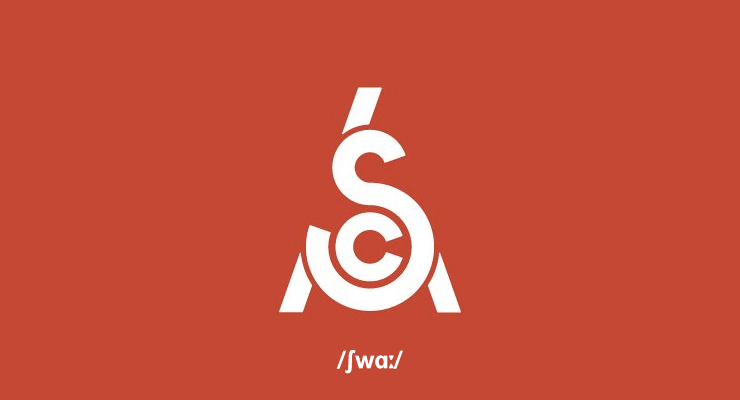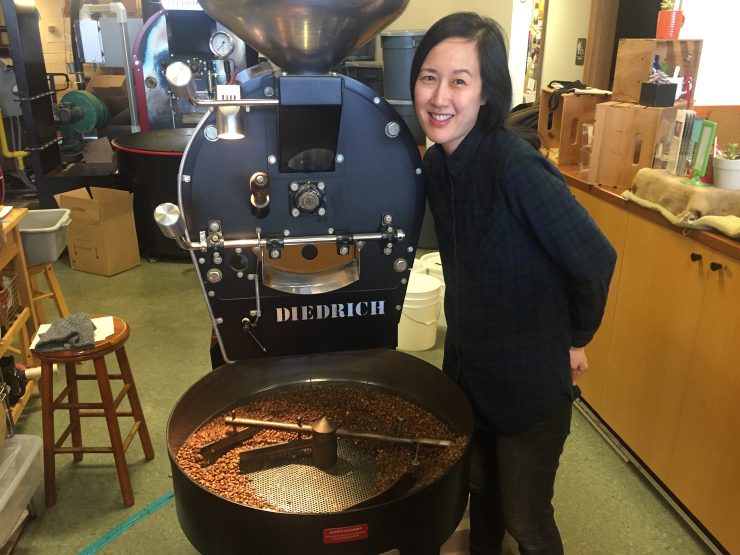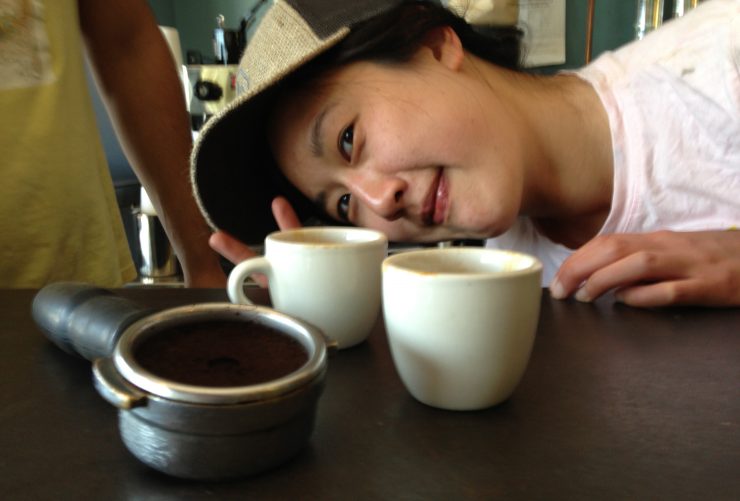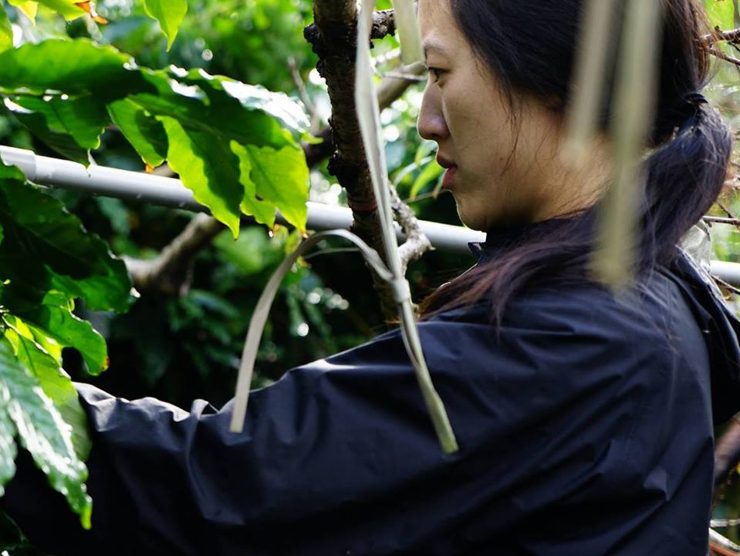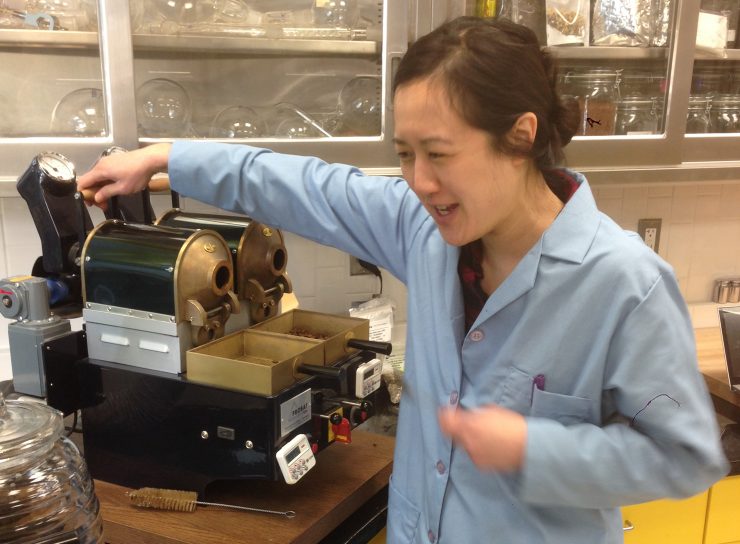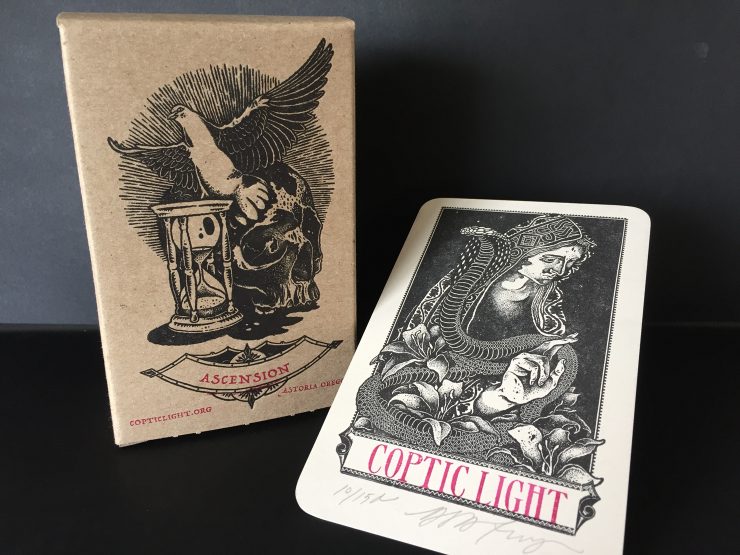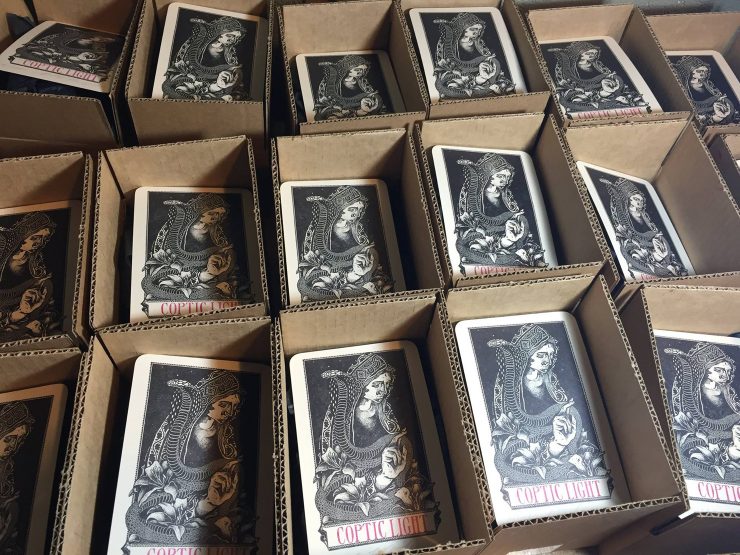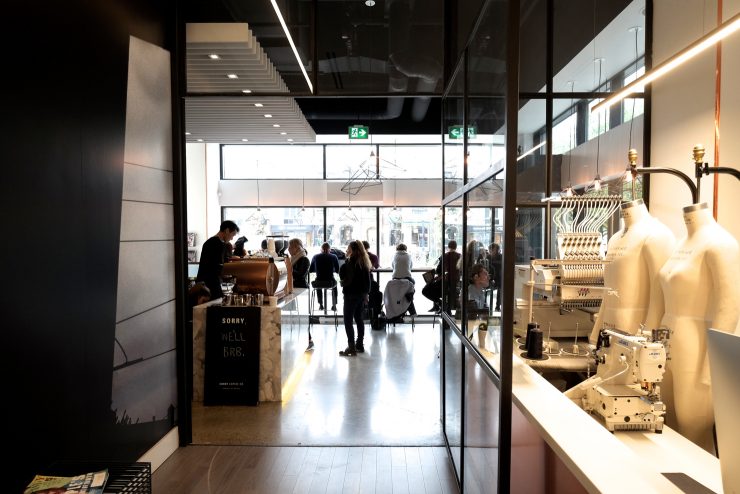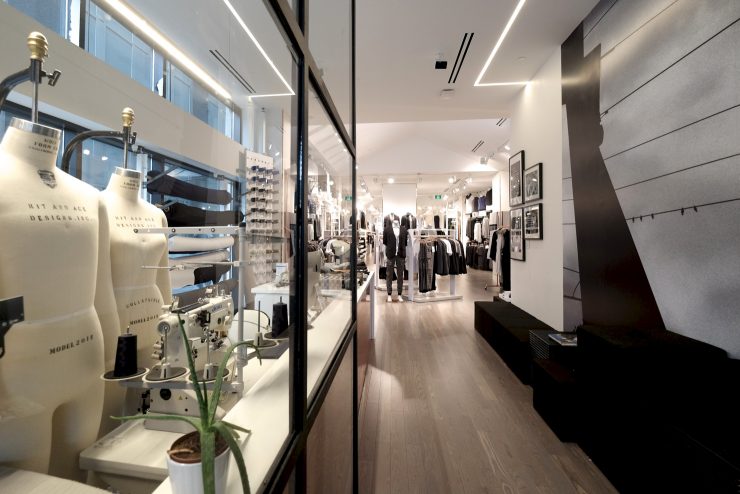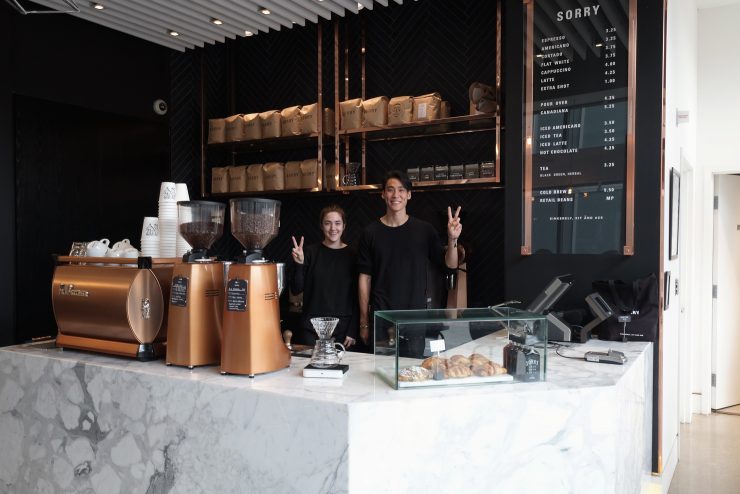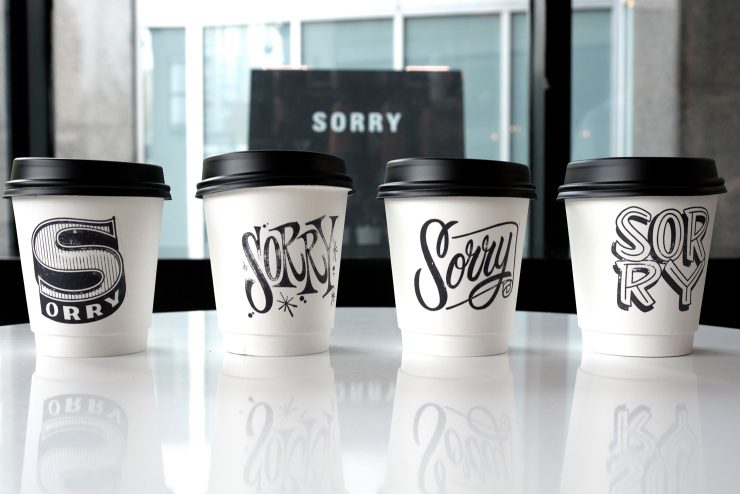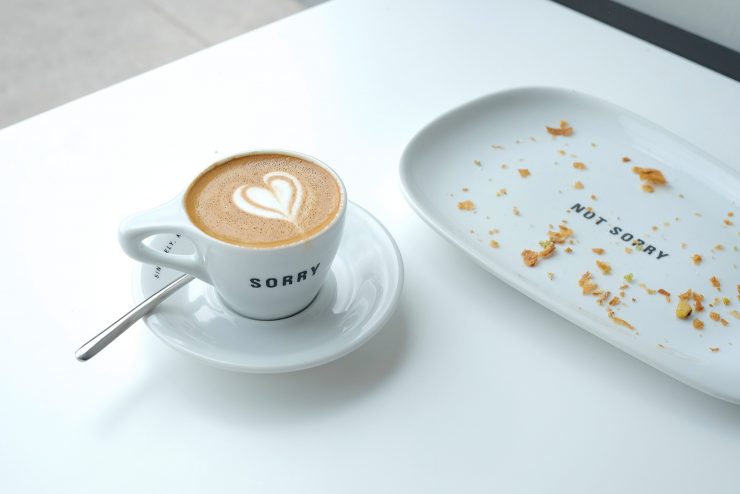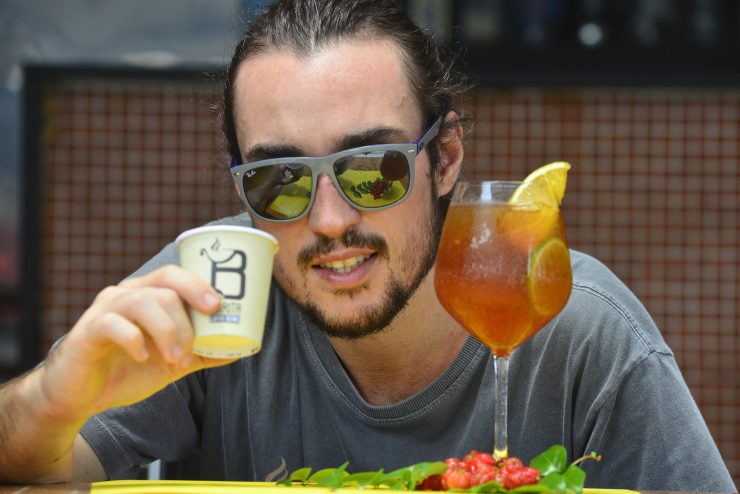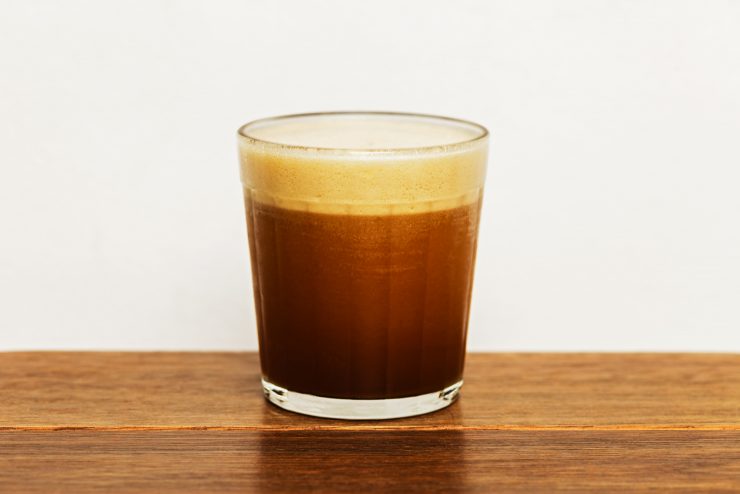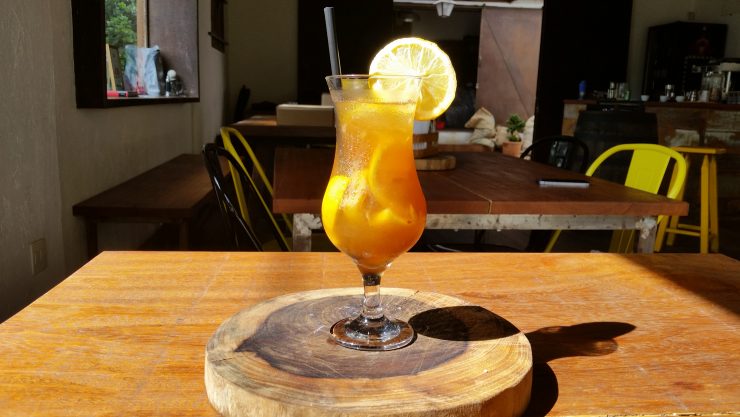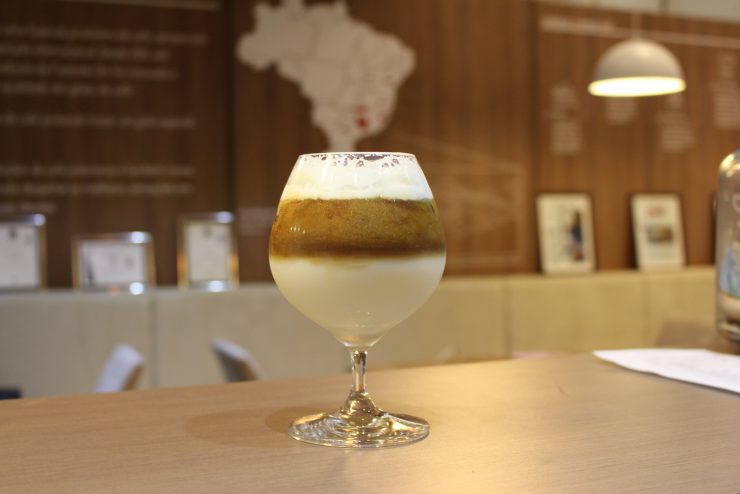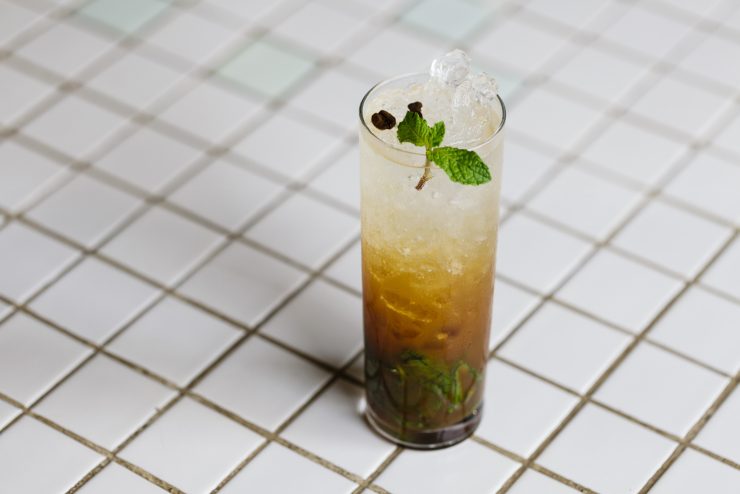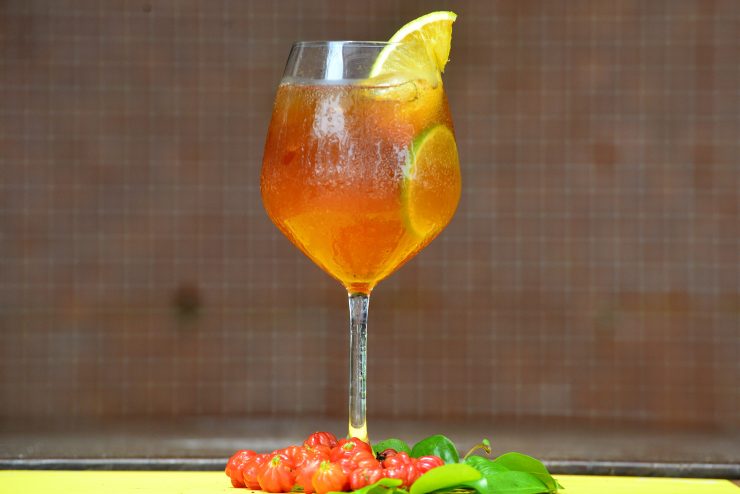The AeroPress may be one of the newer brewing methods on the coffee block, but it’s also one of the most popular. Easy to use, easy to clean, and easy to begin experimenting with, it’s become a firm favorite of many. What’s more, it’s portable, durable, and a lot cheaper than an espresso machine!
In fact, not only do home baristas love it, but so do a growing number of cafés. I first tried the AeroPress at 5PM in Guadalajara, Mexico, several years ago – although back then it was rare to find it offered in a coffee house. Now, however, a café AeroPress is slowly becoming more common.
So I decided to speak to some cafés that either serve the AeroPress, or are considering it, to find out why and what recipe they recommend. Read on for three must-try recipes and some great AeroPress suggestions.
SEE ALSO: Interview: How Did Alan Adler Invent the AeroPress?

The AeroPress: a fun, easy way to make great coffee. Credit: Ana Valencia
1. The Café That Likes AeroPress’ Ease & Consistency
The first person I spoke to was Maciej Kasperowicz, Director of Coffee at Gregorys Coffee in New York. He started as a barista almost seven years ago, and now is in charge of quality control in roasting and retail.
Maciej tells me that Gregorys Coffee likes the AeroPress for two main reasons: you can brew great coffee with it, and you can brew consistently great coffee with it. But he also likes how quick it is, and the ability to easily experiment.
“You can brew some good coffee on the AeroPress in two minutes, as opposed to the three to four minutes it takes to brew a cup on a pour over,” he says. “And the variables are easy to control. You can try different filters, use the inverted or non-inverted method, different water-to-coffee ratios, and grind sizes”.

With the AeroPress, you can easily control different variables and try different recipes. Credits: Gregorys Coffee
Gregorys Coffee’s AeroPress Recipe
Maciej tells me that they will change the recipe when it suits different coffees, but that this house recipe is the standard in all their coffee shops. He developed it in conjunction with Bailey Arnold, Gregorys Coffee’s Director of Education. Here it is:
Dose: 15g
Water: 8oz/227g
Brew time: 2 minutes
Method: Inverted
- Preheat the AeroPress, put a paper filter in the the lid, and gather a water kettle, a stirring stick, and a vessel to press the coffee into.
- Grind your coffee at a medium/medium-fine grind (while this can be hard to pin down, think slightly finer than what you’d do for drip or a pourover).
- Set up the AeroPress and, using the plastic funnel that comes with the AeroPress, pour the grinds into the fully extended AeroPress chamber.
- Invert your AeroPress, so that the plunger is on the bottom and the chamber on top. If you’re using a scale, make sure to tare to 0. (If you don’t have a scale, just make sure your AeroPress is extended below the no. 4 circle, before you begin to pour your water.) The capacity of the chamber is around 8oz/227g, minus the volume of the coffee grinds.
- Heat your water to 200°F (just under boiling), and pour around half of it into the AeroPress. Start your timer as soon as the water hits the coffee.
- Stir your coffee about three times, making sure all of the grinds are saturated with water, and the crust at the top of the brew has been broken.
- Pour the rest of your water. Stir again, in the same way as before.
- As quickly as possible, twist the cap onto the AeroPress.
- Pre-heat/rinse your plastic funnel (the same one you used to dose the grinds), since you’ll use this to press the coffee into the vessel.
- When your timer has reached 1 minute 27 seconds, flip the AeroPress onto the plastic funnel and press it into the designated vessel. Press with a consistent pressure, and try to do it in exactly 30 seconds – making your total brew time 2 minutes.
- Enjoy!

Gregorys Coffee takes care to agitate the grinds. Credit: Gregorys Coffee
2. The Café That Likes to Serve AeroPress With V60
The second person I spoke to was Daria Whalen, Director of Education at Ritual Coffee Roasters in California. She told me that there are many things they like about the AeroPress, including the full body it produces. But what really impressed me is that they train their baristas to make a V60 or other pour over coffee and an AeroPress at the same time. While doing the “pulse pours” for a pour over, they multi-task and also make an AeroPress.
What’s more, this has actually become a selling point for some consumers. They’ll order two cups of coffee, one pour over and one AeroPress, so that they can compare the two. Usually they’ll order the same beans for this service. It’s a great educational tool: consumers love to discuss the differences they can taste in the cups.

Inverted or non-inverted, it’s always fun to experiment with the AeroPress. Credits: Ana Valencia
Ritual Coffee Roasters’ AeroPress Recipe
Just like at Gregorys Coffee, Ritual Coffee Roasters have a house recipe. Here it is:
Dose: 16g
Water: 225g
Brew time: 1:25-1:30 minutes
Method: Non-inverted/traditional
- Pre-wet the filter.
- Set up the AeroPress, and put the coffee in the chamber.
- Add 255g of water just off the boil.
- Use a stirrer to slowly paddle forwards and backwards, left and right.
- Insert the plunger into the chamber, pushing it in slightly before slowly lifting it up to create a vacuum seal (note: don’t actually take out the plunger when lifting it up).
- Take the AeroPress off the scale.
- At one minute, plunge for 25 seconds.
- Enjoy!

A full-body cup is one of the many great things you can get out of this brewing method. Credits: E.J. Schiro
3. The Café Still Considering The AeroPress
The final person I spoke to, Eric Mahovlich of Pilot Coffee Roasters, Toronto, tells me that they don’t currently offer AeroPress-brewed coffee – but they’re considering it. Eric tells me he thinks it would get a great response from customers.
Pilot Coffee Roasters recommends it to their customers, because they find it to be a consistent and “forgiving” method that offers a great body. In fact, he tells me that the brewing device is one of their “bestsellers”, often bought by their customers.

One of the “pros” of an Aeropress is that you can take it anywhere with you! Credits: Jen Ochej
Pilot Coffee Roasters’ AeroPress Recipe
When Pilot Coffee Roasters recommends the AeroPress, they also give their customer this recipe:
Dose: 12.5g, ground slightly finer than you would for drip
Water: 200g (1:16 ratio)
Brew time: Approx. 3:30 minutes
Method: Inverted
- Insert the plunger marginally inside the AeroPress chamber, and then the AeroPress so that it’s upside down.
- Put the coffee inside the chamber so that it sits on the plunger.
- Add 20g of water, pre-infuse it, and stir for 3 seconds.
- Add the remaining water and wait for 3:30 mins.
- Plunge, and enjoy!

Different recipes to experiment with, always great results. Credits: Josh Burke
Three coffee shops, three very different recipes, and three different customer relationships with the AeroPress. If anything, this points to the great flexibility of it. Although everyone I spoke to agreed that it’s easy to brew good coffee with this device, and to control the different variables, they all use different methods. So try these three recipes – and then experiment to find your own favorite!
Written by Ana Valencia.
Want to read more articles like this? Sign up to our newsletter!
The post AeroPress Tips & Recipes From The Cafés That Serve Them appeared first on Perfect Daily Grind.
from RSSMix.com Mix ID 8200593 https://www.perfectdailygrind.com/2017/03/aeropress-tips-recipes-cafes-serve/






